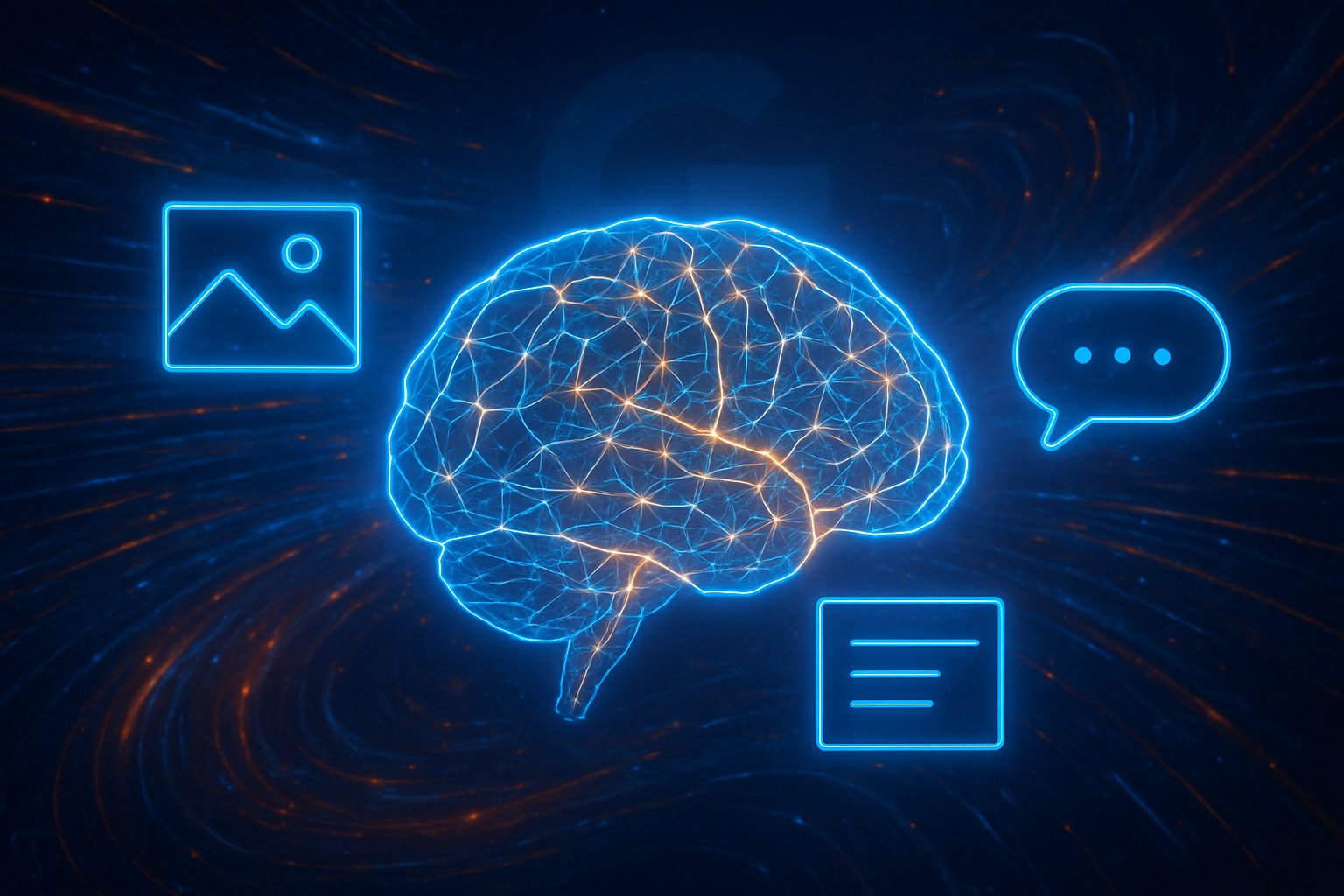
AI CERTS
3 hours ago
Google Gemini 3 ushers next-gen multimodal AI agent era
However, real evidence matters. Reports of a “gemini-3-pro-preview-11-2025” identifier in Vertex AI suggest an impending late 2025 launch. Moreover, Google’s November API update adds JSON Schema support, enabling reliable agent pipelines. These milestones position Google squarely against rising OpenAI competition.

Gemini Pushes New Boundaries
Gemini’s roadmap has evolved quickly during 2025. Additionally, Project Mariner demos showed agents booking apartments and repeating learned tasks. Sundar Pichai described these agentic features as “teach once, repeat often.” Therefore, user expectations continue to rise.
Independent developer logs reveal context windows approaching one million tokens. Consequently, entire legal archives or massive codebases fit into a single session. That capability makes next-gen multimodal AI uniquely suited for sprawling data sets.
Summary: Google is stretching context and autonomy limits. Nevertheless, technical gains require solid workflow plumbing, which the next section explores.
Enabling Robust Agentic Workflows
Structured outputs represent the invisible glue. Furthermore, Google’s API now enforces JSON Schema with property ordering. Agents can therefore pass data without fragile text parsing. In contrast, earlier approaches failed silently when fields shifted.
Key workflow advantages include:
- Deterministic agent-to-agent calls using strict schemas
- Reduced engineering hours debugging data mismatches
- Safer integrations with third-party APIs and UIs
Professionals can enhance their expertise with the AI Engineer™ certification.
Summary: JSON Schema shifts agents from prototypes to production. Subsequently, developer preview access becomes critical for validation.
Developer Preview Access Signals
Multiple developers spotted the preview model identifier inside Vertex AI Model Garden. Meanwhile, community screenshots document two context tiers: 200k and 1M tokens. These sightings reinforce rumors of a late 2025 launch.
However, Google has not published formal pricing or SLAs. Consequently, enterprises must treat early benchmarks as provisional. Nevertheless, curiosity surges because next-gen multimodal AI promises streamlined complex task handling.
Summary: Preview traces hint at massive capacity. Therefore, enterprises need clear roadmaps before deep integration.
Enterprise Impact And Analysis
Alphabet’s Q3 numbers show 650 million Gemini app users. Moreover, billions of tokens flow each minute through Google models. That scale offers instant distribution once agentic features stabilize.
Potential enterprise gains include:
- Automated procurement flows across disparate portals
- Full-contract analysis within one agent session
- Continuous codebase refactoring using large context
Consequently, productivity leaps appear feasible. Yet governance teams voice caution. They note safety, compliance, and operational complexity risks that accompany next-gen multimodal AI.
Summary: Returns look enticing across industries. However, market rivals remain aggressive, as the next section highlights.
Competitive Market Landscape Context
OpenAI updated GPT-series capabilities throughout 2025. In contrast, Google leverages vast product channels. This clash intensifies OpenAI competition, pushing rapid innovation.
Business Insider labels Gemini 3 a potential “watershed.” Furthermore, analysts credit Google’s cloud footprint for possible cost advantages. Consequently, vendor lock-in discussions resurface as enterprises weigh multicloud strategies.
Summary: Competitive stakes escalate every quarter. Nevertheless, risks could hinder adoption, as explored next.
Risks And Governance Factors
Autonomous agents heighten attack surfaces. Moreover, hallucinations can cascade across chained actions, creating financial or privacy fallout. KPMG advises phased deployments with robust monitoring. Meanwhile, Capgemini studies show trust gaps delaying broad rollouts.
Additional concerns include:
- GDPR compliance when agents access personal data
- Credential misuse during automated browser actions
- Policy sprawl across uncontrolled agent instances
Nevertheless, governance frameworks evolve alongside technology. Consequently, responsible guardrails can unlock complex task handling safely.
Summary: Governance remains non-negotiable for enterprises. Therefore, preparation strategies gain urgency.
Preparing For Real Adoption
IT leaders should begin controlled pilots today. Additionally, they must design identity, observability, and rollback layers before enabling full autonomy. Benchmarking against OpenAI competition models will inform procurement choices.
Key preparation steps:
- Secure preview access through Vertex AI partnerships
- Audit data paths for compliance alignment
- Train staff on agent orchestration best practices
- Leverage reputable certifications to upskill teams
Moreover, teams should track official announcements confirming the late 2025 launch. Incorporating next-gen multimodal AI early can yield first-mover advantages.
Summary: Structured preparation mitigates risk. Consequently, organizations can embrace the agent era confidently.
Conclusion: Google’s Gemini 3 advances mark a defining moment for next-gen multimodal AI. The blend of vast context windows, reliable schemas, and agentic features positions the platform to revolutionize complex task handling. However, enterprises must balance promise with governance, especially amid fierce OpenAI competition. Thorough pilot programs, skilled teams, and certifications ensure readiness for the expected late 2025 launch. Therefore, explore emerging tools, adopt structured workflows, and seize the innovation tide.



